Best Low Code Development Platforms for Startups: Top Platforms That Balance Speed and Scalability
Startups don’t have the luxury of time, they’ve got to move, and move fast. Building a product from scratch can burn time and cash. Especially when you have tight budgets and small teams. That’s why many early-stage founders are turning to the best low code development platforms.
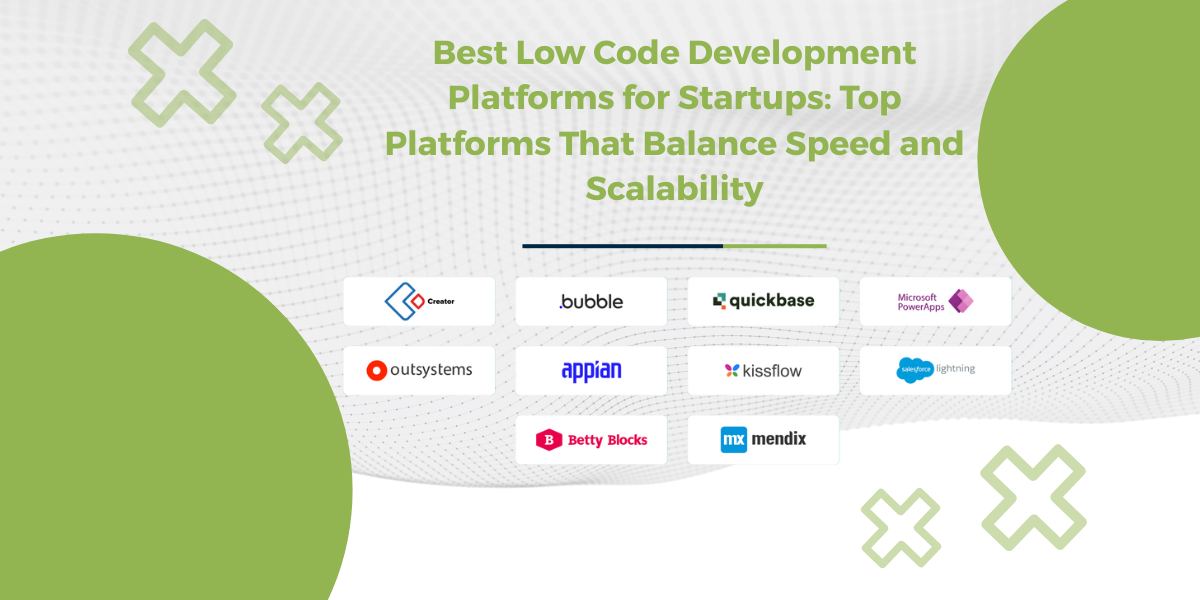
These platform let startups build and release apps quicker. You don’t need to higher a big team. Most platforms use a drag and drop interface, so both professional developers and non technical users can build real apps with less effort. They cut out repetitive setup and let teams focus on features that matter.
And they’ve come a long way. Today’s low code application development platform tools do more than prototyping. They enable automated workflows, advanced analytics tools, responsive design, and system integrations. A cloud software development platform allows startups to build, deploy, and scale applications directly in the cloud, offering flexibility, real-time collaboration, and faster delivery without heavy infrastructure costs.
Among the best React component libraries in 2026, options like ReExt, Material-UI, and Ant Design stand out for helping startups build responsive, scalable apps quickly without heavy coding.
Low-code is catching on fast, and it makes sense. It saves time, cuts complexity, and opens the door for more people to build apps. In fact, Gartner expected that by 2025, 70% of new applications will be built using low code platforms, a significant increase from less than 25% in 2020.
This blog covers why the right low code platforms make sense for startups. You’ll see what features to look for. We’ll compare top tools for speed, scalability, and when low code app development is the right call for your team.
Let’s dive in!
Why Startups Choose Low-Code to Launch Faster
Startups usually operate under pressure. As they have limited resources, they cant afford big teams. Sometimes a single developer is handling everything. Time is critical, delay can mean missed opportunity. That’s exactly why low-code development is catching on fast.
These tools simplify app development. You don’t need to be a full stack developer. Most platforms offer drag and drop functionality, so instead of writing everything from scratch, you just click, arrange, and go. It’s a huge win for teams trying to move fast without burning out. Say you’re building a feedback app. You can add forms, dashboards, and user logins with simple drag-and-drop tools. No backend headache. Just launch, test, and tweak.
Low-code custom software development empowers startups to build and launch applications faster using visual tools and automation, reducing costs and coding effort while ensuring scalability for future growth.
That flexibility is what makes low-code such a game-changer.
Here’s what’s pulling startups toward this approach:
Build MVPs Quickly With Small Teams
You don’t need a full-stack team to get version one live. With reusable code blocks, you can focus on what matters: getting real users to try your product.
Let Non-Developers Build and Launch Apps
These platforms make things simple with drag-and-drop tools. You can build and tweak things like forms, dashboards, or workflows. There is no coding needed.
Easily Make Changes Without Starting Over
You don’t have to toss the whole thing out, If early feedback suggests changes. Drag and drop builder make updates easy without breaking the whole app.
Reduce App Development Costs From the Start
Startups don’t need to hire a full team. It reduce the time required to build features because of the pre-built components. Startups often operate on low budgets. So these platforms are really good.
Many of the best low-code platforms also scale well. You’re not stuck with just prototypes—you can build complex solutions that grow with your startup
How to Choose the Right Low-Code Platform for Your Startup
Picking a best low code development platforms sounds easy until you realize how much is riding on that choice. For startups, it’s not just about building software fast. You need a tool that helps you scale, stay secure, and actually grow your product over time.
Here’s what to keep in mind:
- Does It Scale As Your Startup Grows?
A basic MVP is great at first, but what happens after launch? The platform should support complex business applications and work smoothly across multiple platforms. You don’t want to rebuild everything later. - Are Data Privacy and Security Built In?
If your app handles real user data, security can’t be an afterthought. Look for tools with solid compliance options, permission settings, and support for data fabric models. - Is There a Balance of Custom Code and Templates?
You’ll outgrow templates fast. A good platform should let you write code when needed, but still offer minimal coding for repetitive tasks. It’s about balance quick builds when you need them, full control when it counts. - Can It Integrate With Your Existing Tools?
You’ll likely need to hook into outside tools—CRMs, APIs, databases. Solid integration capabilities let you automate repetitive tasks and integrate data from wherever it lives. - Is the Interface Clean and Easy to Navigate?
The tool should feel smooth and familiar. A clean, developer-friendly UI/UX enables developers to move fast without frustration. - Does It Support Version Control for Teams?
Teams make changes. Things break. Make sure there’s support for git version control or git based version control so your team stays in sync. - Is There Strong Documentation and Community Support?
Good help means fewer headaches. Strong docs and active users go a long way when you’re solving real problems.
The right platform won’t just speed up the development process, it’ll make building applications a lot less painful.
Best Low-Code Tools for Fast and Scalable App Development
The following are the top Low-code Platforms that can balance speed and scalability:
Rapid Ext JS
For startups building data-rich web apps, Rapid Ext JS offers the right mix of flexibility and control. You’re not just dragging boxes around. You get enterprise-grade UI components and the ability to write custom logic when needed. It’s one of those tools that lets you move fast and build deep.
The best part is, It doesn’t lock you into cookie-cutter designs. You can use multi line editing, apply your own styles with built-in theming, and still have a clean, responsive design. Teams can launch something polished early on without starting over later.
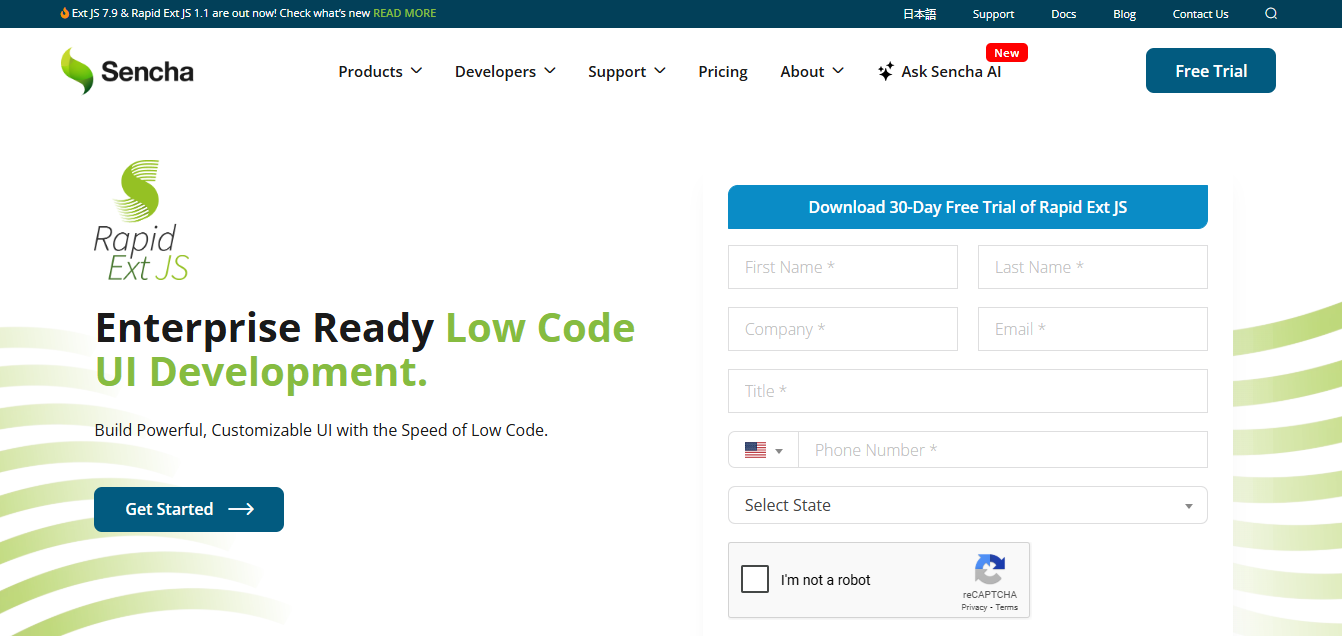
It’s a great choice for rapid web app development where you need structure but don’t want to slow down. If your app works with large tables, forms, or real-time data, Rapid Ext JS handles it well. You can define custom data models, use reusable widgets, and scale as you grow. That’s why it’s considered one of the best low-code development platforms for serious applications.
OutSystems
OutSystems is known for going beyond surface-level tools. It’s an enterprise low code application platform built to support real software development. Teams that need more than just drag-and-drop. They will appreciate how much is already baked in, like automated testing, deployment pipelines, and usage tracking.
It’s solid for startups building full products, not just internal dashboards. You can integrate with any major API or web services without much setup. It’s also big on security. You get access control, audits, and other security features out of the box.
The learning curve is there, especially if you’re new to low code development, but it’s worth it. Once you’re familiar with it, it’s easy to roll out real products. Creating applications quickly, hooking into your existing tools, and avoiding the pain of extensive coding.
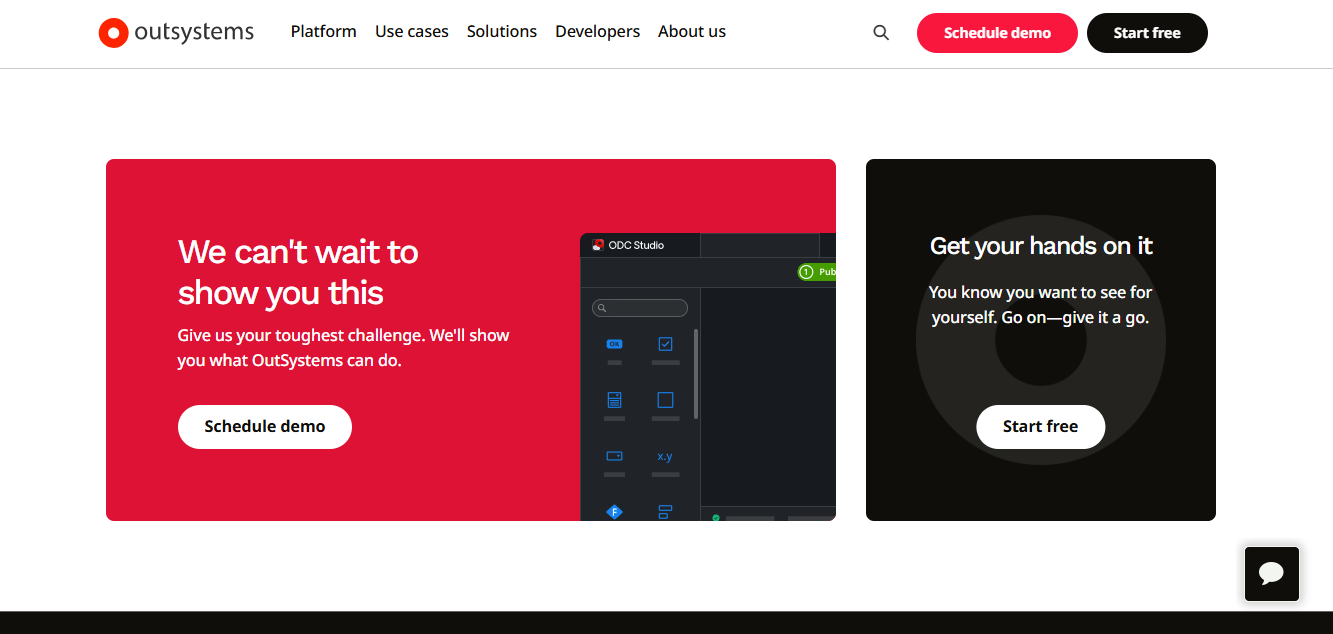
If your team is planning to scale or serve enterprise clients, OutSystems is a strong bet.
Mendix
Mendix is a low code editor that feels like the most balanced option in the space. It’s perfect for startups that want the benefits of low-code development but still need room to customise. You can start simple and only jump into code when you have to.
It’s a layered tool that doesn’t force you into a single way of building. It’s designed for speed.
Application development Software is one of its core strengths. You can spin up an MVP or build internal tools without waiting weeks. Features like versioning, automated testing, and built-in data models mean you’re not cutting corners to move fast.
What’s great about Mendix is how simple it feels. The interface is clean, so whether you’re a developer or just figuring things out, you can still jump in and get things done. That’s a game-changer when you’re handling five different jobs at once.
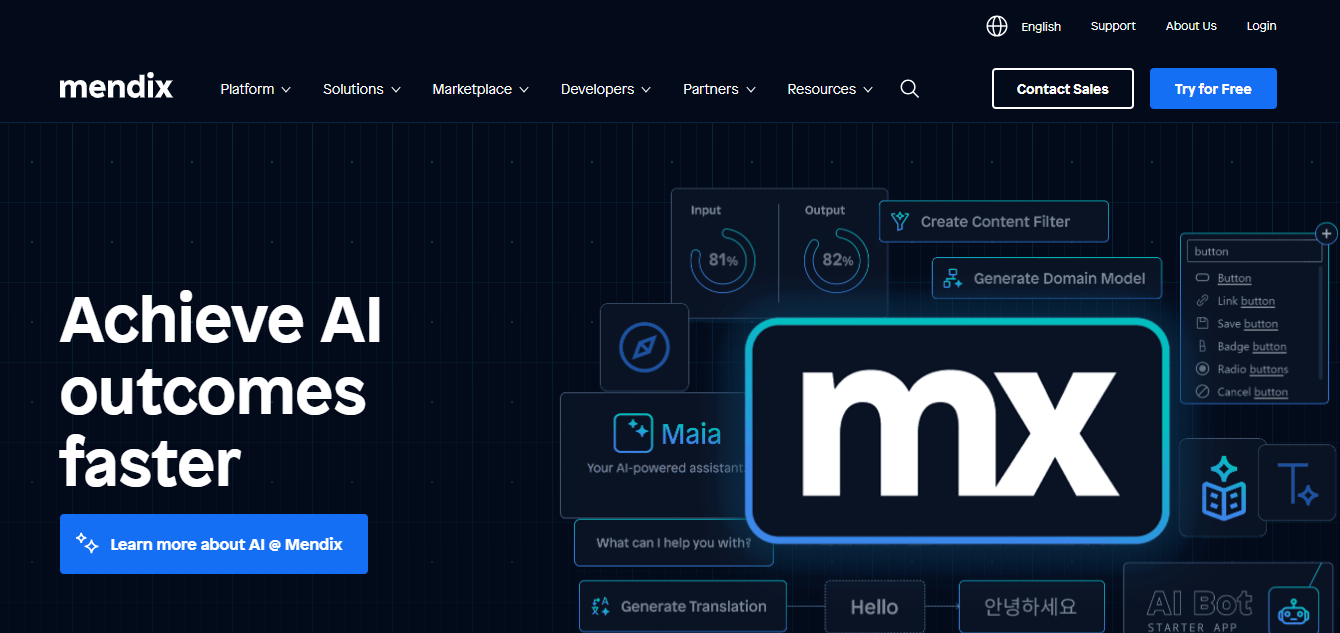
Plus, you don’t have to build separate versions for mobile and desktop; it works across both right out of the box. If you want speed without feeling boxed in, it’s worth a look.
Appian
Appian might be geared toward complex, regulated industries, but that doesn’t mean startups should count it out. But startups can still take advantage of its power, especially if they need secure, scalable solutions.
It’s often seen in finance, health, and government use cases, places where security features and scale matter. But it’s also great for startups building mission critical applications that can’t afford to break.
Where Appian really stands out is process automation. You can design workflows and automate repetitive tasks right alongside your UI. That helps with both development speed and long-term efficiency.
It also works well with your existing tools. Appian supports web services, easy integrations, and custom data models. You don’t need a big engineering team to get started, but it’s robust enough if you do have one.
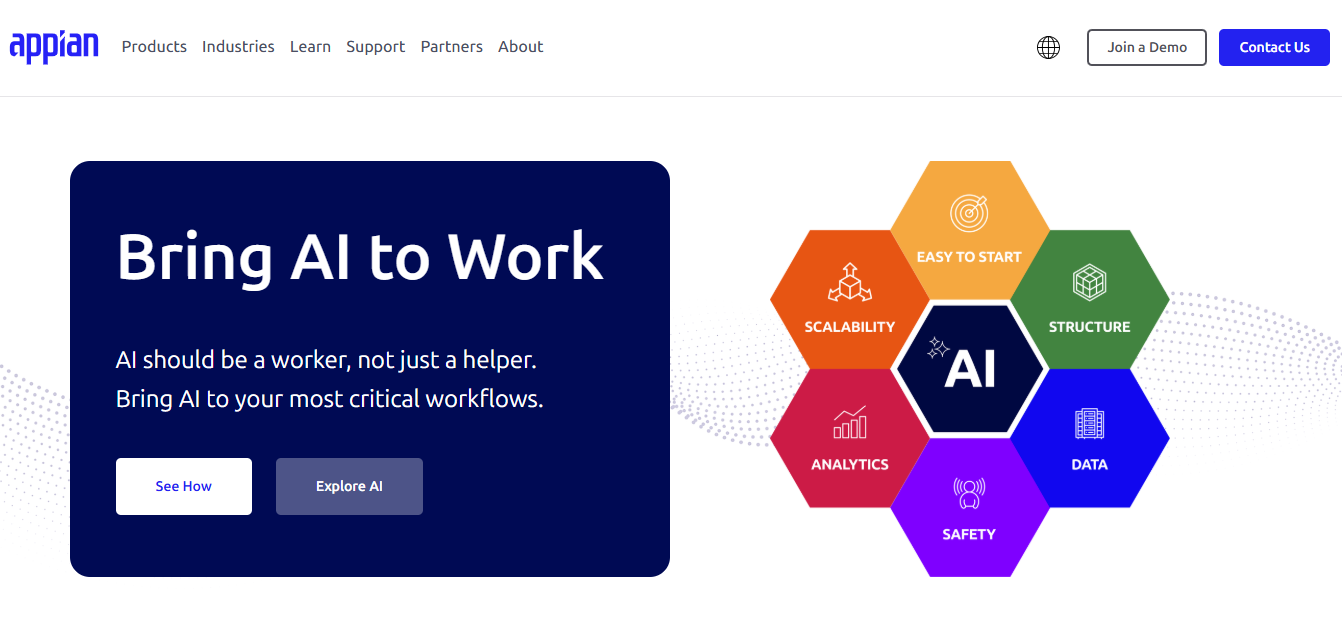
The platform also supports git based version control, which is handy for teams tracking changes. Appian isn’t for every use case, but if you’re building real systems, not just prototypes. It’s a reliable enterprise low code development solution that’s built to scale.
Comparing the Platforms: Speed vs. Scalability Matrix
| Platform | Learning Curve | Speed of Development | Scalability | Customizability | Cost for Startups |
|---|---|---|---|---|---|
| Rapid Ext JS | Moderate (Visual + Code) | Very Fast Fast | High (Enterprise-grade) | High (Code + UI control) | Startup-friendly plans |
| OutSystems | Steep | Fast | Very High | High | Expensive for small teams |
| Mendix | Moderate | Fast | High | Moderate to High | Mid-range pricing |
| Retool | Low | Very Fast (Internal tools) | Moderate | Limited for UX | Affordable tiers available |
When Does Low-Code Make Sense for Your Startup?
Low-code application development isn’t just a shortcut; it’s a smart move when your team’s juggling too much and coding resources are tight. If you’re trying to get an MVP out the door fast, a Code Editor can save weeks. You can build something functional, testable, and presentable without diving deep into traditional coding.
It’s also a solid pick when your dev team is small or nonexistent. Non-tech team members, or citizen developers, can use pre built templates. For example, drag-and-drop features, and connect to data sources without needing to know a programming language.
Platforms often come with video tutorials, making the learning curve a lot less scary.If you’re building internal dashboards, lightweight customer portals, or quick prototypes, low-code tools are ideal. Most support workflow automation, version control, and easy integration with third party tools and third party systems.
Some even offer a free plan, which helps when money’s tight. But low-code isn’t always the right answer. If you’re working on complex apps that are replacing legacy or need total control over data integrity and advanced features, you’ll likely outgrow the platform.
Bottom line is use low-code when speed matters more than perfection. when done right, it gives you a real head start.
Final Thoughts: Is Low-Code Right for You?
low code application development platform isn’t just a shortcut; it’s become a real tool for startups trying to ship fast without burning through time and cash. It genuinely enables users, even those without much technical expertise, to get working products out the door.
Whether you’re building basic features or testing something brand new, it helps you skip the long development cycles and get right to feedback. And when things pick up? Many of these platforms grow with you.
You’ll find support for secure deployment, connections to legacy systems, and even ways to manage complex workflows without rebuilding from scratch. Now, picking the right one isn’t a checkbox exercise. It depends on how your team works and where you’re headed.
Maybe you need tighter governance tools or just something that plays nice with your stack. Honestly, it’s about what feels right for your pace, your product, and your people. Choose the one that makes sense now, but won’t slow you down later.
FAQs
What Types of Applications Can Be Built With the Best Low Code Development Platforms?
You can build CRMs, dashboards, or internal tools fast—just use drag and drop components with low code development tools.
Are Low-Code Platforms Secure Enough for Businesses Handling Sensitive Data?
Yes, most are secure enough. They’re designed so business users can safely work with data without needing full control.
Can Low-Code Platforms Integrate With Existing Systems and Third-Party Services?
They can. Most platforms let you create solutions that hook into third-party services without much effort or setup.
What are low code development platforms?
Low code development platforms are software tools that allow developers and non-developers to build applications with minimal hand-coding, using visual interfaces, pre-built components, and drag-and-drop functionality.
Why should startups use low code platforms?
Startups benefit from low code platforms because they enable faster app development, lower costs, and easier scalability, allowing teams to focus on business growth rather than complex coding.
Which features should startups look for in a low code platform?
Key features include drag-and-drop UI design, workflow automation, integrations with other tools, scalability, security, and cloud deployment options.
Can low code platforms handle complex applications?
Yes. Modern low code platforms can manage data-intensive and enterprise-level applications, though extremely complex apps may require some custom coding.
Are low code platforms suitable for non-technical founders?
Absolutely. Many low code platforms are designed for users with little to no coding experience, enabling non-technical founders to build prototypes and MVPs quickly.
How do low code platforms improve scalability for startups?
Low code platforms offer modular architecture, cloud hosting, and easy updates, helping startups scale their applications without extensive redevelopment.
What are some examples of popular low code development platforms?
Popular options include OutSystems, Mendix, Appian, Microsoft Power Apps, and Rapid Ext JS for enterprise and data-driven applications.
Start your free trial today and build powerful apps faster with Rapid Ext JS!

The Ext JS Data Grid is widely regarded as one of the most feature‑rich and…

The integration of LLMs into Web application development has moved well beyond simple content generation…

ReExt is a React library developed by Sencha that allows you to use Ext JS…









